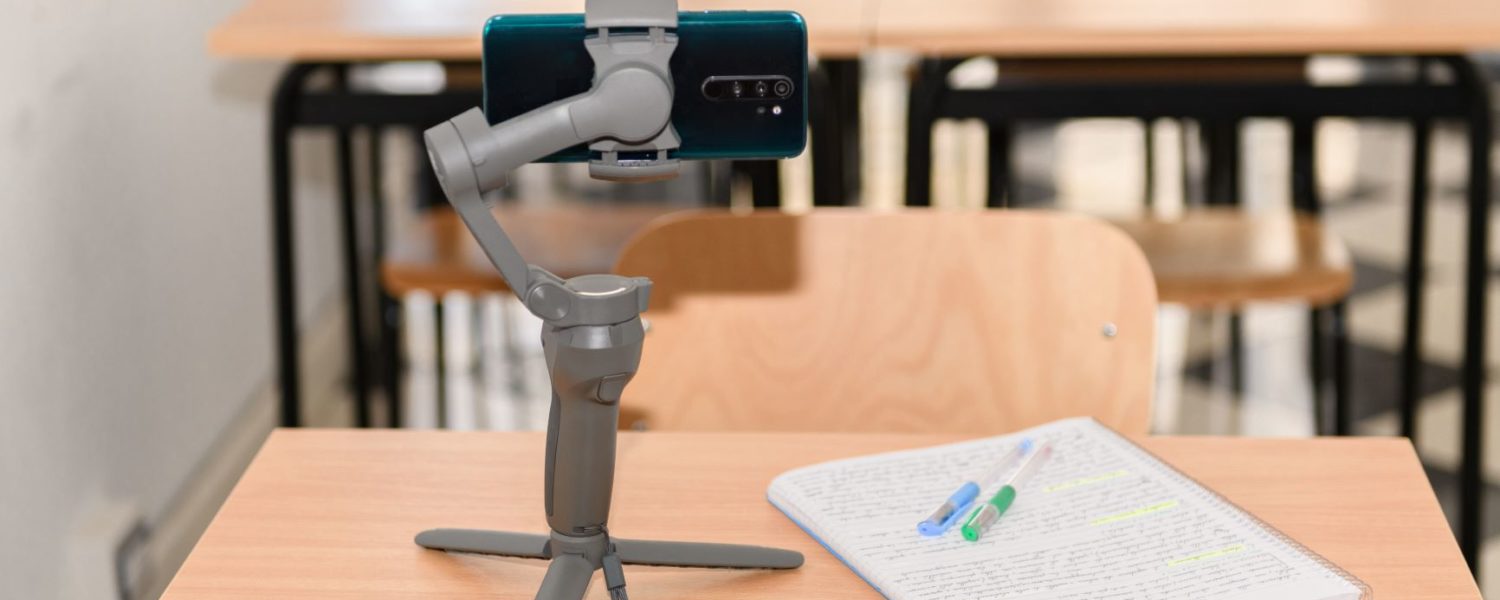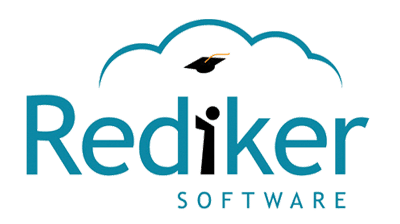2020 put the U.S. education system to the test in every way possible. Ask any teacher, student, administrator, or parent of school-aged kids, and they’ll tell you that school is vastly different than it was pre-COVID-19.
“The pandemic challenged nearly everything our institutionalized education system knows about how to teach, learn, and empower students,” says Patrick Quinn, parenting expert for Brainly.
However, in the midst of difficulties, this past year has been eye-opening and groundbreaking. The education system was forced to react and propel into the digital age quickly when the pandemic hit.
In doing so, educators have learned many lessons when it comes to online learning and ensuring all students have equal access to a high-quality education.
“As we go into a new year, the U.S. education system has the opportunity to address its current issues and shortcomings, and create a plan to integrate more educational technology and hybrid online lessons into its curriculum,” says Quinn.
Quinn, who is also a former educator, compiled seven insightful predictions for learning in 2021.
- Personalized Education via AI
Artificial Intelligence-based digital assistance drives immediate feedback to students. This allows them to retain information faster, advances curriculum, and lessens the burden on teachers by alleviating the labor-intensive grading and response process. Teachers will continue to embrace AI for analyzing classroom data and grading tools. AI offers insights and analysis of the effectiveness of their instruction and its outcome.
“AI is able to offer educators invaluable knowledge of understanding what concepts their students are understanding and which ones they are not, on a personalized level. This allows teachers to tailor their instruction based on each student’s individual needs rather than leaving kids behind who don’t benefit from conventional instruction,” says Quinn.
- Utilization of Augmented and Virtual Reality for Better Comprehension
The challenges of maintaining a student’s attention and ensuring they’re comprehending complex subjects grow significantly in a remote learning setting. In order to keep students engaged, online lessons will likely become more interactive with the help of AR and VR curriculum integration. Having students not just see, but experience the subject under study helps students to fully comprehend the concepts.
Utilization of this technology helps teachers and gives them the option to explain more challenging and complicated concepts. These technology-based learning experiences will enhance comprehension of important concepts, for example by allowing students to virtually travel to space for physics lessons or be in a rainforest to collect samples for a biology course.
“Advancements in EdTech have provided new and exciting avenues where educators can experiment with AR and VR scenarios, implement project-based assignments using VR constructs, or take students on virtual field trips, among other examples,” says Quinn.
- Expansive Peer-to-Peer Learning
Allowing students access to a platform where they can view different student’s educational interpretations and perspectives greaters the chance of retaining information. Learning communities break down barriers, encourage active learning anywhere, and cultivate a sense of community between students all over the world.
“Edtech has great potential to transform learning and strategic planning for an uncertain future, which will make education stronger and ensure a brighter future for today’s youth,” says Quinn.
- Enhanced Focus on Digital Equity
The sudden shift to remote learning highlighted the supreme socio-economic inequalities systematically embedded in our education system, specifically the gap between students who have access to home Internet services and computing devices and those who do not.
In order to address these challenges, school districts have begun redirecting their budgets in order to provide district-issued devices and hotspot WiFi access in certain areas. In order to have a truly seamless digital learning experience, institutions will need to continue supplying and working towards additional bandwidth, a stronger WiFi infrastructure, and powerful network security.
“To date, no equitable solution has been offered to bridge the digital divide. But that’s beginning to change as people become more acutely aware of the issue and organizations from both the public and private sectors attempt to tackle the problem,” says Quinn.
- Persistence of Online Education
With practically everyone, including students, owning and carrying a mobile gadget on a daily basis, providing online education is now a lot easier than ever before. Online education can be completely separate, or it can be used in conjunction with the traditional education method. This fusion has better results for modern students because they get the best of both worlds—old school traditional teaching interspersed with modern digital classrooms and resources.
“Online learning has made it possible to provide class modules that are rich in audio and audio-video tutorials so that even students in far-flung areas can access good education. Moreover, these days, certifications offered online enhance students’ skills and promote enhancement of employment opportunities,” says Quinn.
- Addition of Formative Assessment Solutions
The days where the only assessment paths to check for understanding are boring and tedious pen and paper tests will soon be gone because these basic tests are now considered less productive in this digital period. The significance of learning outcomes is increasingly becoming more and more important, which is why formative assessment solutions are becoming adopted by school districts.
“Formative assessments rely on presentation, projects, activities, and more to check on the students’ progress. These various methods deliver the goals of the curriculum in a more dynamic project-based manner, which benefits all the students. With these adaptive techniques and modern methods, boring cookie-cutter methods that barely produce results and only add undue stress to the students will soon be a thing of the past,” says Quinn.
- Transformation of Higher Education
As many universities are no longer able to advertise their ‘college experience’ in the COVID-19 era, students are reconsidering attending the typical 4-year institutions due to high tuition costs, student loans, and lack of social aspects. As a result, many traditional four-year universities may even risk going bankrupt.
“On the positive side, a new form of continuing education will emerge that offers students opportunities for more focused career skills growth, subject-specific institutions and programs, and a wider variety of options that are tailored to today’s workforce and economic climate. We will see institutions refocus their efforts on providing affordable, accessible learning solutions rather than on selling an experience, and we will have a more educated society than we’ve ever had before,” says Quinn.
Brainly is a global social learning community, www.brainly.com. No one knows everything, but everyone knows something. With Brainly, students combine their strengths and talents to tackle problems together.






